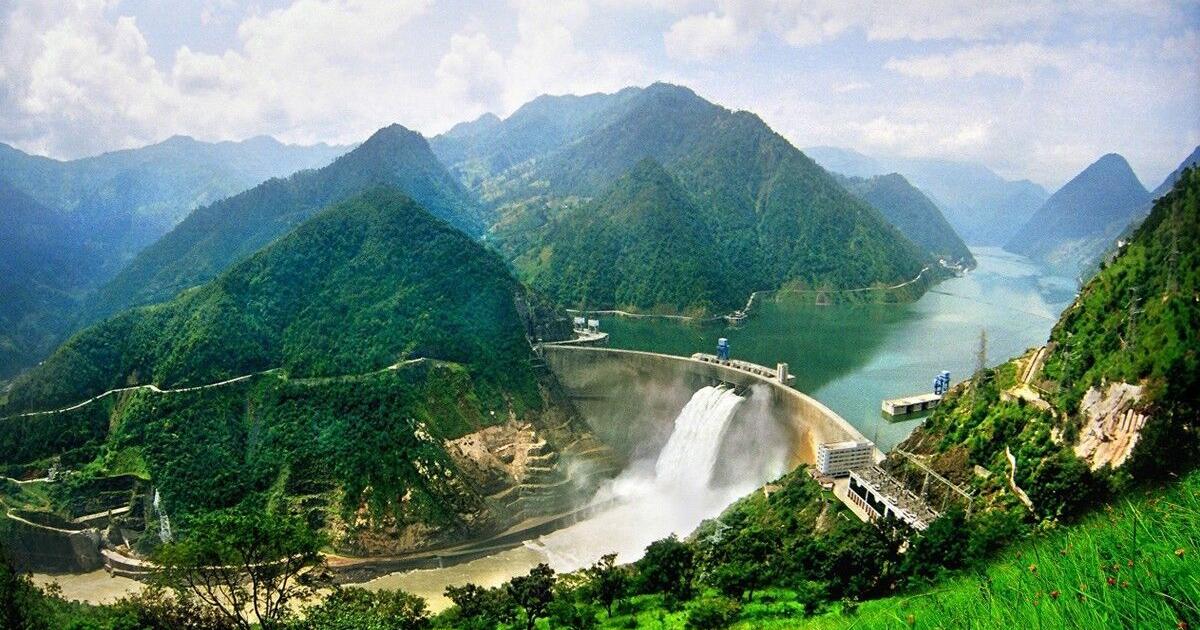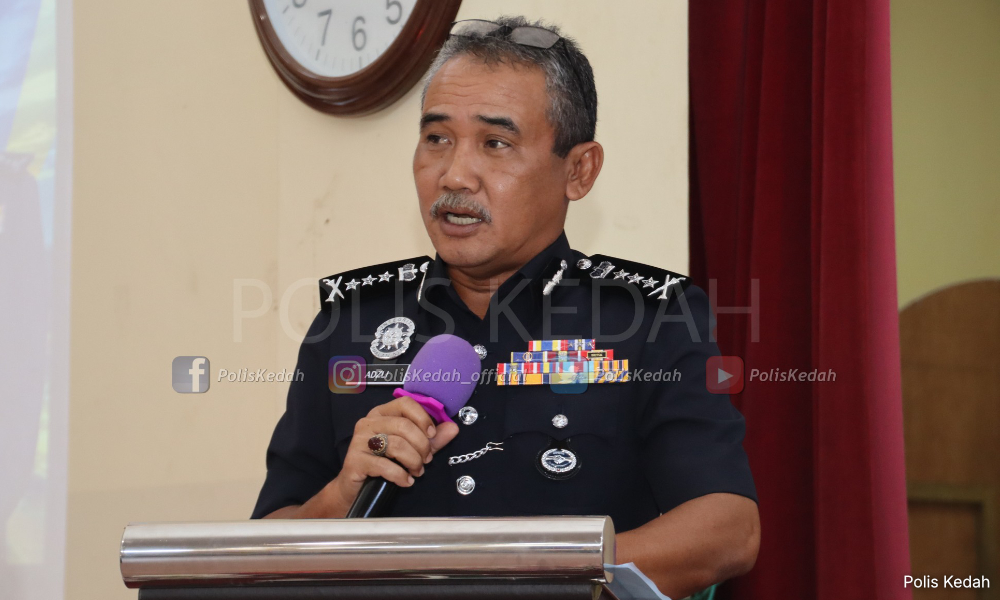Copyright dailypost

As Vanuatu expands its renewable energy sector to reduce dependence on fossil fuels, projects like China’s Ertan Hydropower Station offer important lessons on how to build sustainable infrastructure without compromising the environment or local communities. Hydropower has long been part of Vanuatu’s clean energy mix, with existing plants operating in Santo, Malekula, and Pentecost. As the country looks to expand and improve its renewable energy capabilities—particularly in rural areas—there is increasing interest in how larger nations have balanced environmental protection with energy development. During a recent visit to the Ertan Hydropower Station in China’s Sichuan Province, journalists from the China International Press Communication Center (CIPCC) saw firsthand how a major hydropower project can be built under strict environmental and social safeguards. Funded by a World Bank loan, the Ertan project had to meet international standards for environmental conservation, emissions reduction, and community resettlement. “Because the fund for building this hydropower station came from the World Bank, we were required to follow international standards, including environmental protection, resettlement of people, and animal conservation,” said Li Minxi, Chief Station of the Ertan Hydropower. To protect local biodiversity, the Ertan team transplanted vegetation to higher ground and installed fish tanks to maintain aquatic life, releasing hundreds of thousands of fish annually into the river. Dust control and electric construction vehicles were also used to reduce air pollution during construction. These approaches offer valuable takeaways for Vanuatu’s hydropower operations in Santo, Malekula, and Pentecost, where similar environmental concerns—like sedimentation, riverbank erosion, and fish migration—are relevant. While on a smaller scale, the same principles of eco-friendly design, community consultation, and biodiversity protection are key to ensuring long-term success. “In the Pacific, we face a lot of climate change. To see China developing while still caring for the environment is a good takeaway I’d like to share with my country,” said Ane Rokobule, a journalist from Nauru and participant in the visit. “It shows there are people who care about climate change.” Beyond environmental measures, Ertan’s developers also undertook large-scale resettlement of communities affected by the reservoir. Around 400,000 people were relocated, most to new, better-equipped settlements. Though Vanuatu’s hydropower projects do not require such relocation, community involvement and social safeguards are still crucial—especially when dealing with customary land, water resources, and rural livelihoods. Vanuatu has committed to generating nearly 100% of its electricity from renewable sources by 2030. Hydropower, along with solar and other renewables, will play a key role—particularly in outer islands where grid access is limited. As plans to expand or upgrade hydropower facilities in Santo and Malekula are explored, and new micro-hydro opportunities in remote areas are assessed, the Ertan Hydropower Station stands as a reminder that green infrastructure is not just possible, but essential. The project, which produces over 17 billion kilowatt-hours annually, was once the largest hydropower station completed in China in the 20th century. More importantly, it was officially named a “National Environmentally Friendly Project” in 2006—showing that economic growth and environmental care can go hand in hand. Vanuatu may never build a dam on the scale of Ertan, but the values behind the project—sustainability, innovation, and respect for people and nature—are directly relevant to the country’s development goals. As climate change intensifies and energy demands grow, Vanuatu can look to global examples like Ertan to shape a future where clean power and environmental stewardship go together.



